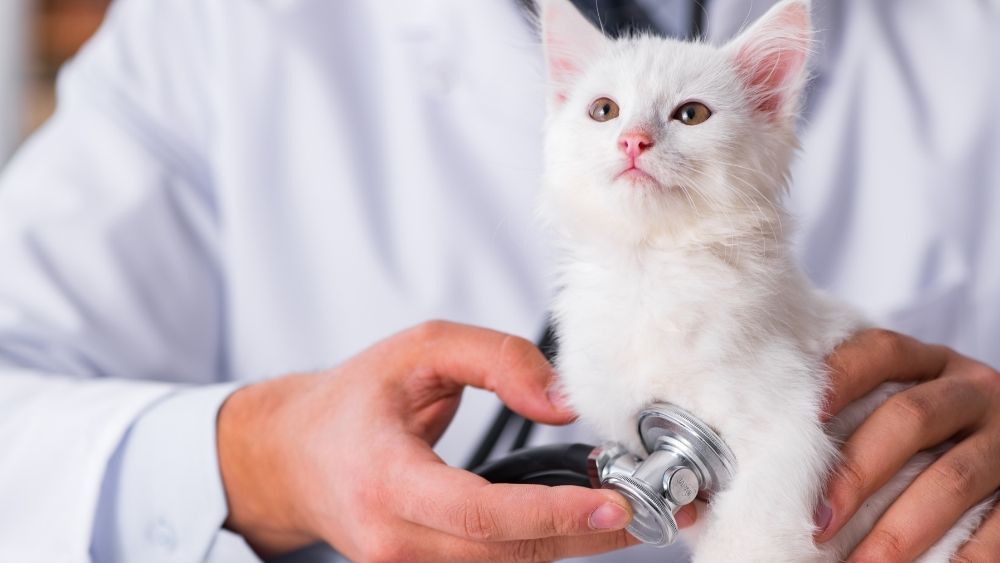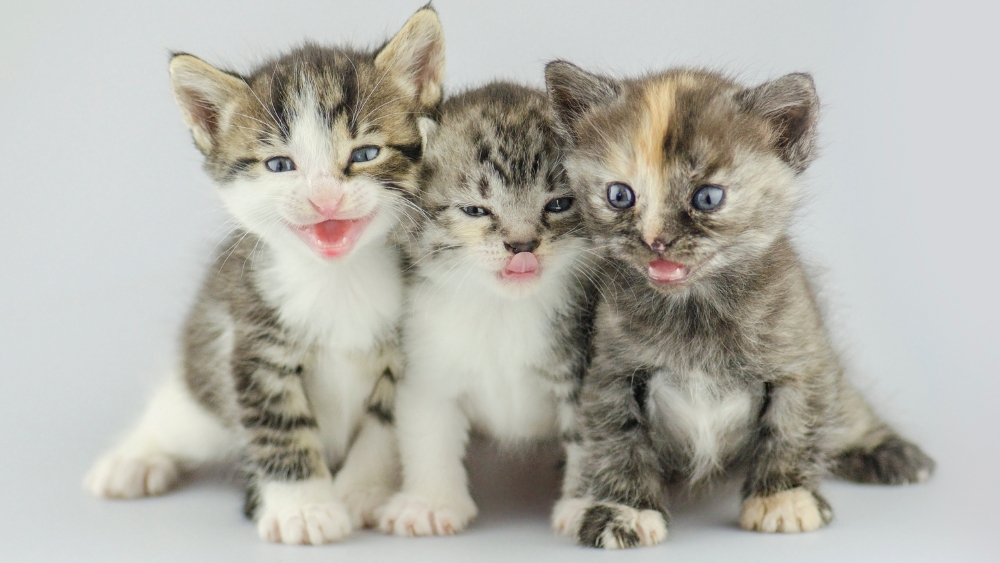Share this resource or email it to a friend!
IMPORTANT UPDATE: Since this FIP blog series was written, advancements have been made in FIP treatment, including the legal availability of oral formulations of GS-441524 in the United States. Please visit Cornell Feline Health Center, EveryCat Health Foundation and University of California Davis Koret Shelter Medicine Program for the most up-to-date information. Always work with a veterinarian for treatment and support.
This is part 3 of a 5-part series on FIP. Please read parts 1 and 2 in The National Kitten Coalition’s blog.
The character and intensity of the body’s inflammatory response to macrophages infected by the Feline Infectious Peritonitis Virus determines which form, wet or dry, FIP takes; no response leads to the wet form, a weak response to the dry form and a strong response eliminates the virus.1 The symptoms vary depending on where in the body infected macrophages end up.1
Factors such as age, breed, origin (shelter/sanctuary/cattery or other dense multi-cat environments, such as a hoarding situation) and recent stress (vaccinations, surgery, other illnesses, being relinquished to a shelter, being placed in a foster home or being adopted, etc.) and symptoms help diagnose the disease.
Common symptoms of wet FIP appear suddenly and include: fluid (effusion) in the abdominal and/or chest cavity, weight loss, fever, lack of appetite, being underweight and having an unthrifty appearance (smaller than normal, poor hair coat, thin). Although there are other conditions and diseases that cause effusions, those associated with FIP are typically thick and yellow-straw colored with a very high protein content.2
Common symptoms of dry FIP include: granulomas, small masses related to immune system response, in organs (e.g., kidney, cecum, colon, liver, lung, lymph nodes) within the abdominal or chest cavities; seizures caused by masses in the eyes and brain. The dry form is harder to diagnose. If the granulomas are in the liver, clinical signs may include icterus (jaundice).
Diagnosing FIP is difficult because there aren’t symptoms that are specific to the disease; veterinarians must rule out other conditions that could cause similar symptoms. In addition to the symptoms, other diagnostics that can help a veterinarian determine if a cat has FIP include blood tests, examinations of effusions removed from the abdominal and chest cavities and x-rays and ultrasound of the abdomen and/or chest, which may reveal effusions and granulomatous lesions associated with either form of FIP.
In part 4 of this series on FIP, we discuss a recently discovered treatment that has cured 80-85% of cats with FIP.3
References
- GUIDELINE for Feline Infectious Peritonitis (European Advisory Board on Cat Diseases)
- Feline Infectious Peritonitis (FIP) (feline coronavirus) (International Cat Care)
- Summary of GS-441524 treatment for FIP (Niels C. Pedersen, DVM PhD, Distinguished Professor Emeritus Center for Companion Animal Health, School of Veterinary Medicine, UC Davis






